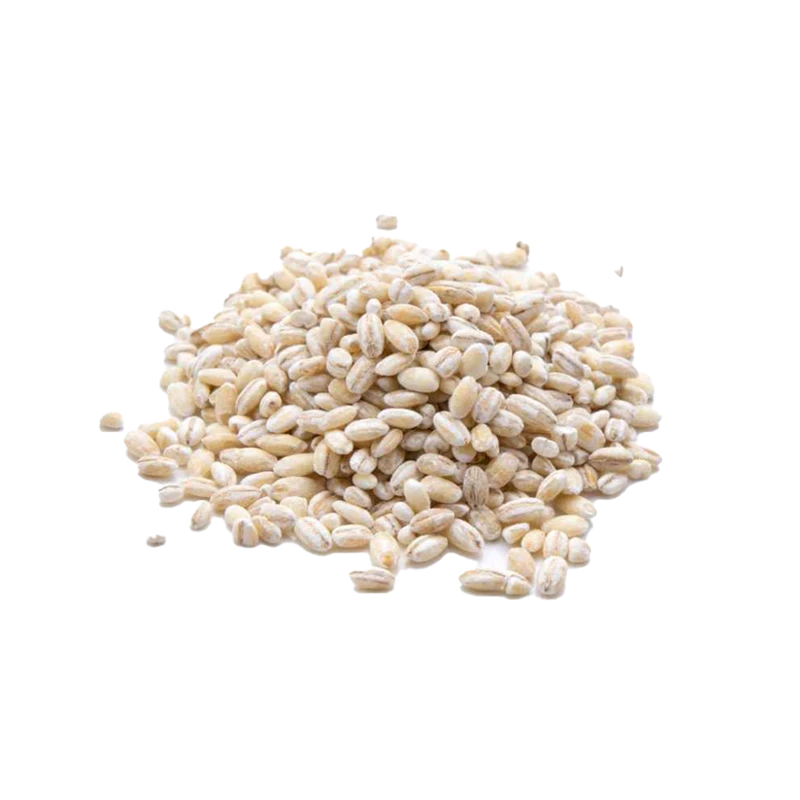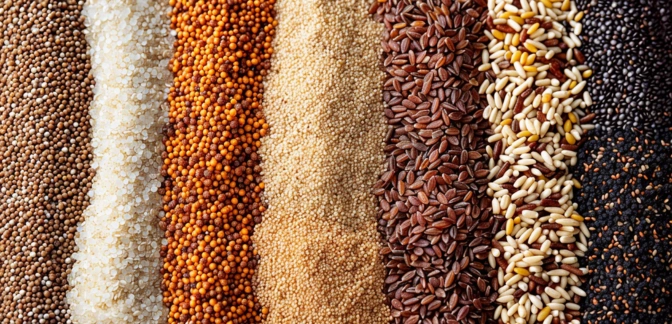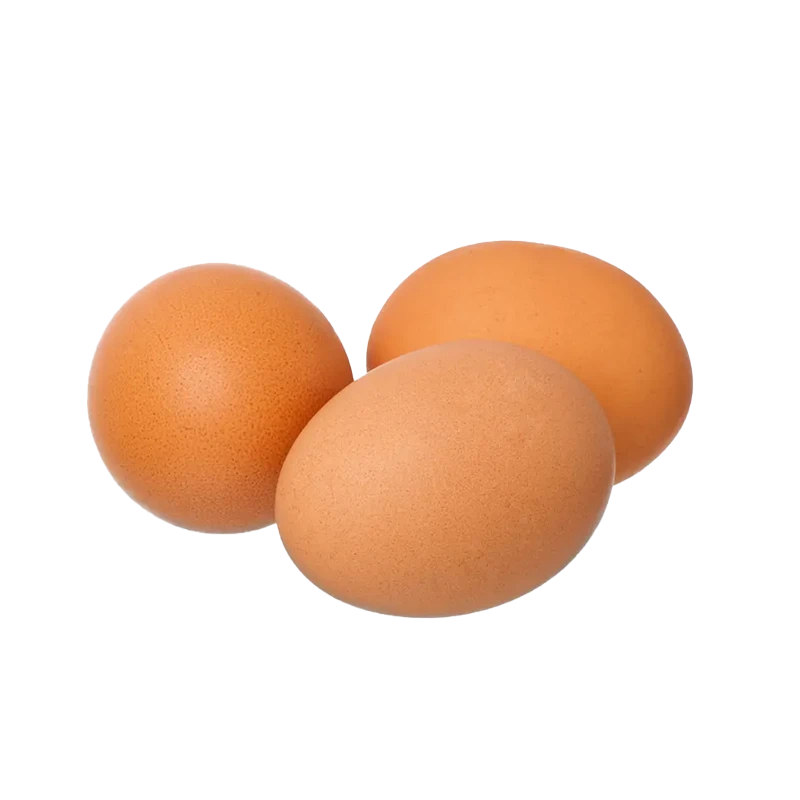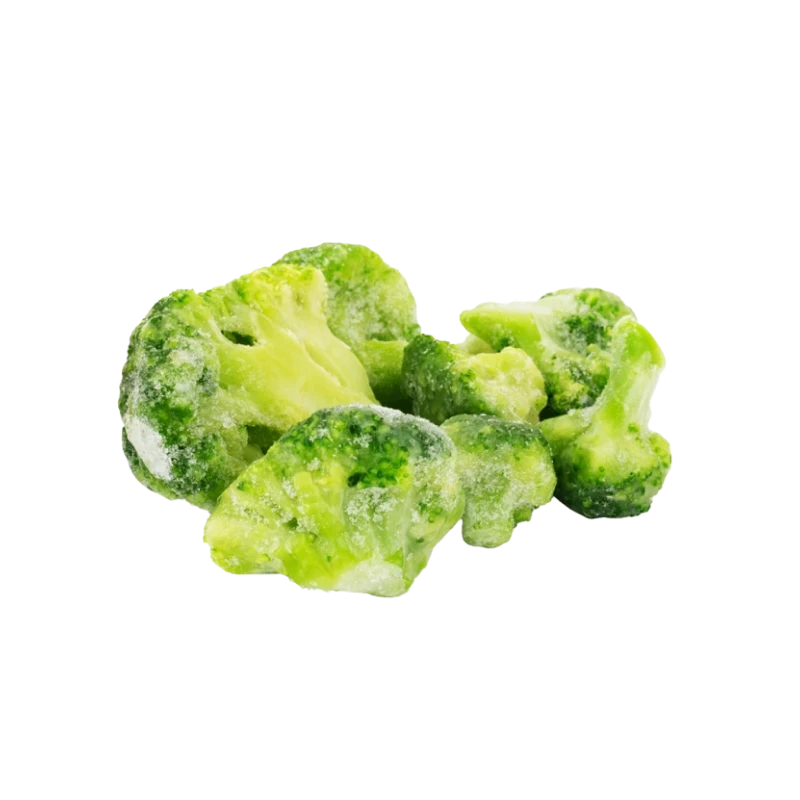Barley — Nutrients, Health Benefits, and Shopping Tips

Written by Listonic Team
Last update on September 4, 2024
Barley nutrients
Nutrition facts
Amount per 100 g
Calories
🔥 354 kcal
| Nutrients per: 100 g | Value | % Daily Value* |
|---|---|---|
| Carbs | 74 g | 26.91% |
| Fiber | 17 g | 60.71% |
| Sugars | 1 g | 2% |
| Glycemic Index | 25 | - |
| Protein | 13 g | 26% |
| Sodium | 12 mg | 0.52% |
| Total Fat | 2 | 2.56% |
*The % of Daily Value (DV) tells you how much a nutrient in a serving of food contributes to a daily diet. 2,000 calories a day is used for general nutrition advice.
Barley is a source of soluble fiber, niacin, phosphorus, magnesium, and iron.
Encyclopedia of Foods. A Guide to Healthy Nutrition
17 g
✅ High Fiber Content
13 g
🧀 Good Protein Content
Barley facts & tips
Health benefits
- High in fiber, promoting digestive health, regular bowel movements, and maintaining a healthy gut microbiome.
- Rich in vitamins and minerals such as Vitamin B1, magnesium, phosphorus, and selenium, which support overall health and well-being.
- Contains antioxidants such as lignans, which help protect the body from free radicals and reduce inflammation.
- Supports heart health by helping to lower cholesterol levels and improve blood pressure.
- Provides sustained energy from complex carbohydrates, making it a good source of fuel for the body and brain.
Health risks
- Potential for gluten content making it unsuitable for individuals with celiac disease or gluten sensitivity, potentially causing digestive discomfort and other health issues.
- High carbohydrate content which can cause rapid spikes in blood sugar levels, particularly concerning for diabetics.
- Potential for digestive discomfort such as bloating or gas when consumed in large quantities due to its high fiber content.
- Risk of allergic reactions in some individuals, particularly those allergic to grains, causing symptoms like itching, swelling, or difficulty breathing.
How to choose barley
Barley should be uniform in color and size, appearing clean and free from any debris. It should have a hard, pearled texture, indicating that it has been properly processed and is ready for cooking.
Barley that smells musty or shows signs of moisture should be avoided, as it may have mold or other contaminants. Packages that are torn or not sealed properly should also be avoided, as they may lead to spoilage or insect infestation.

How to store barley
Barley should be stored in an airtight container in a cool, dry place. Proper storage helps maintain its quality and extends its shelf life for up to a year. Keeping it in the pantry is ideal.
Exposure to moisture can cause barley to spoil and develop mold. Avoid storing it near strong-smelling foods, as it can absorb odors. Always ensure the container is tightly sealed to prevent contamination and maintain freshness.
✅ Extra Tip
How long does it last?
Barley can last for 1-2 years when stored in an airtight container in a cool, dark place. Cooked barley should be consumed within 4-6 days if kept in the refrigerator. For longer storage, cooked barley can be frozen for up to 6 months.
What to do with leftovers?
Leftover barley can be used in a variety of savory and sweet dishes. Reheat it and serve as a side for stir-fries, curries, or grilled meats, or mix it into a salad with chopped vegetables, herbs, and a tangy vinaigrette. Barley is also great when added to soups or stews, where it helps to thicken the broth and add texture.
Use leftover barley in a grain bowl with roasted vegetables and a protein of your choice, or mix it into a casserole with cheese, vegetables, and meat for a hearty meal. If you have a lot of barley, consider making a batch of barley pudding with milk, sugar, and spices for a comforting dessert. Barley can also be used as a filling for stuffed vegetables, like peppers or tomatoes, or added to a pilaf with dried fruits and nuts. For a quick snack, try making barley fritters with cheese, herbs, and breadcrumbs, then frying until golden.
👨⚕️️ Medical disclaimer
Discover products from other categories
Listonic Team
Fact-checked
Our editorial team checked this article to make sure it was accurate at the time of publishing it.
Get the top-rated shopping list app







